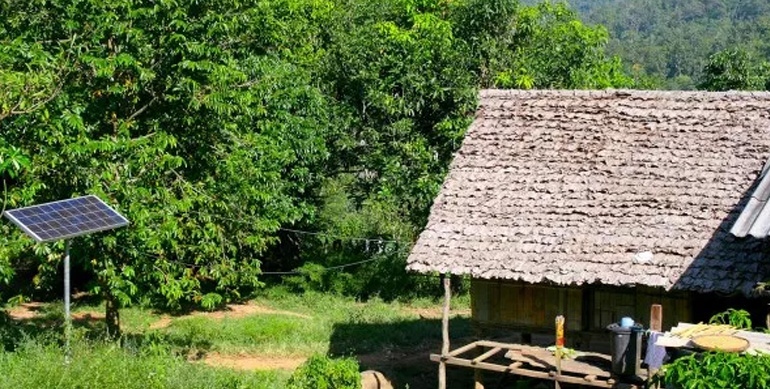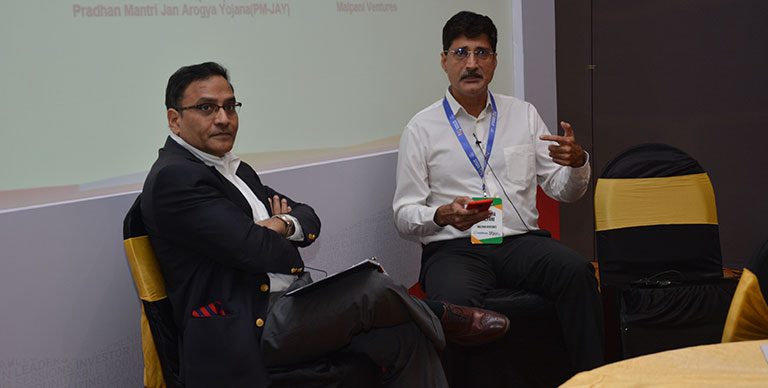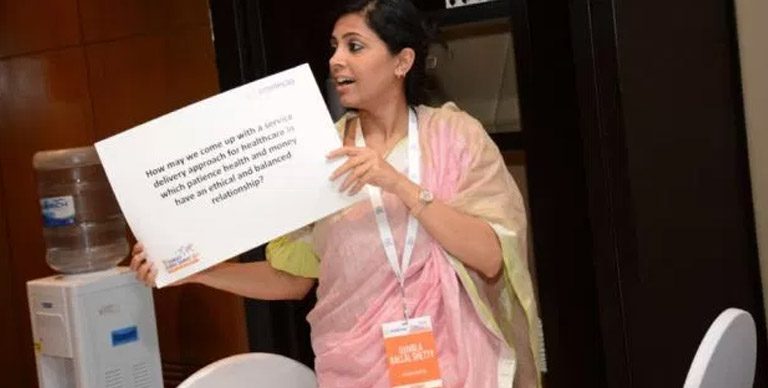Reaching the BoP: Micro-grid Payment and Metering Solutions
On the occasion of World Environment Day, Sankalp Forum is running an online campaign to showcase clean energy enterprises that are having a positive impact on pressing environmental issues.
In this blog, we highlight enterprises that are using technology to break barriers of adoption of clean energy.
It is ironic how an energy resource-rich nation such as ours has hundreds of millions of people without access to basic energy services. The supply of electricity even in grid connected areas has fallen short of demand; energy and peak energy shortages stood at 8.7% and 9% respectively between 2007 and 2012. More than 40,000 villages were unelectrified in March 2012. A majority of these people are poor and live in remote areas where the centralized grid system is either too far from them or too expensive for them. Energy deficiency impacts productivity and quality of life particularly at the Base of the economic Pyramid (BoP).
For close to a decade now, India’s energy policies have focused on decentralized energy projects using locally available resources. However, many of these policies did not translate into concrete action simply because clean energy solutions were economically unviable to be deployed on a small scale.
As the scope and scale of energy problems have grown in the country, so has the response to tackling them. Next generation of entrepreneurs in the clean energy sector has made some headway towards changing the status quo. Further, falling clean technology prices, targeted policies and increasing access to impact funds are providing new avenues to explore and experiment with solutions.
Decentralized Energy Solutions to Meet Decentralized Energy Needs
In order to reach the underserved and off-grid energy markets sustainably, innovative enterprises have focused on creating decentralized energy products and services. Some have created modular systems – keeping costs to a minimum and often linking their products with end-user financing from an MFI or regional rural banks. Clean energy products from these enterprises range from a simple 2 watt panel, solar lantern to a 75 watt panel, solar home system.
Entrepreneurs are also deploying locally available resources to generate, store and distribute power. Typically, these micro-grid systems do not feed into the grid; instead the power they generate is utilized for captive consumption or for distribution to a village. This is a step forward from individual solar lighting products, as power supply from micro-grids is more reliable. DESI Power has setup 15 biomass gasification power plants across villages in India and Mera Gao Power operates solar micro-grids in 260 villages in Uttar Pradesh. Several other enterprises such as Gram Power, Husk Power Systems, Avani Bio Energy, as well as big companies such as Minda NexGen Tech and SunEdison and Azure Power, are setting up similar projects to provide electricity. While some of the enterprises provide electricity to light two lights and a fan, others supply power to operate CFL bulbs, television sets, fans and other common household appliances. Further, decentralized systems also serve micro-enterprises in villages contributing positively to economic development. Interestingly, building decentralized power systems are cheaper and faster than extending the centralized grid to the un-electrified areas.
These entrepreneurs however face challenges. While India has actively promoted significant opportunities for micro-grid enterprises to expand, the fact remains that effective implementation of micro-grids would requires distinct strands to come together in the long-term. For instance, clean energy enterprises must address issues such as the feasibility of adding additional capacity to micro-grids to meet an increase in demand, and assess the impact of adding capacity on the cost of generating and the price for retailing electricity. They must also review access to finance and the viability of the business over time, in the event that government subsidies are withdrawn or if the government extends grid connection to un-served areas.
In the short term, however, enterprises need to adopt a viable payment mechanism that not only covers generation and maintenance costs, but also keeps the cost of electricity affordable for the poor. This is a first step for enterprises to reach scale and sustainability. To achieve this, enterprises are setting-up micro-grids that combine computer technologies and power systems to enhance generation and distribution services, and reduce large-scale electricity wastage and thefts. Such technologies also allow a more flexible payment option for poor consumers.
To be continued…
Tomorrow, in part II, we will explore various payment and metering solutions, offered by clean energy, micro-grid enterprises to provide access to affordable and reliable electricity in remote locations. Further, the article will highlight challenges in addressing barriers for provision of electricity to rural BoP households.








